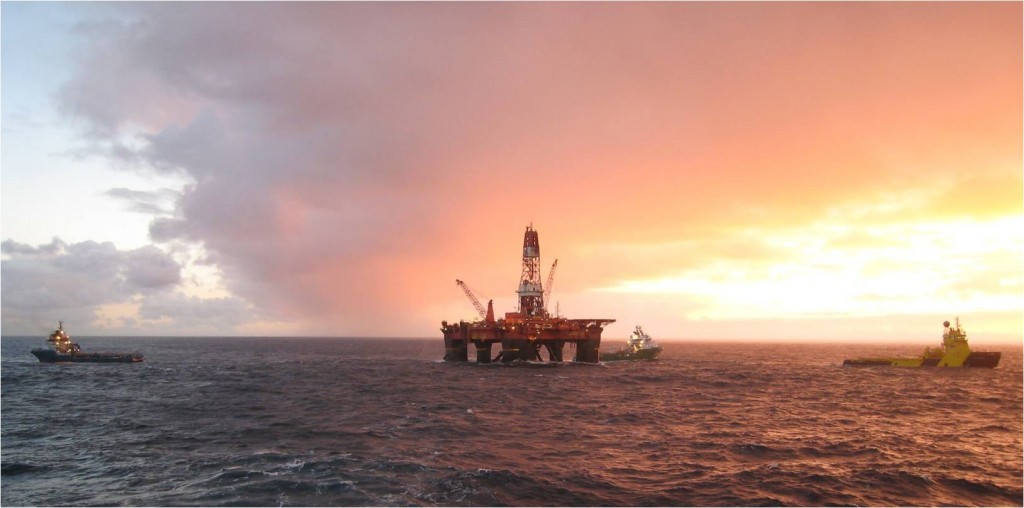
Protecting intellectual property (IP) remains one of the most challenging areas for SMEs in the oil and gas sector.
No matter how innovative your technology development is, you will not realise its economic benefit if you have not protected your rights to commercialise it. With a focus on maximising economic recovery in the North Sea, companies from operators right through the supply chain have to work smarter and more cost effectively. More than ever, there is a spotlight on developing near-to-market technologies with many SMEs carrying out research and development projects which could impact the sustainability of the North Sea.
Capturing and protecting innovation is crucial as it ensures that the company that puts the investment into R&D feels the economic and reputational benefits of holding the rights to the technology. It is therefore essential to develop an IP strategy for your business and have considered how you will protect all your intellectual assets, including data, know how, confidential information, as well as your approach to patents. Innovative technology is a vital asset so protecting it must be a commercial priority.
The primary resource for protecting new technology is IP legislation, which spans trademarks, copyright, designs and patents. When dealing with innovation in oil and gas, generally, but not always, the main focus for IP is patents. In order to patent a design it must meet a range of criteria: it must be technical, must be new, it must provide a technical advantage and it must not have been disclosed publicly.
In terms of the IP cycle, as soon as you begin developing an idea that you believe will bring something new to the market you should have a conversation with a lawyer about how to protect it. Doing this early in the process is vital because if a design has been disclosed publicly, for example in the press, a technical paper or a presentation, it can be refused for patent and the technology you worked so hard to develop will be free for anyone to copy, develop and use.
Securing a patent can be a lengthy and costly process but if what you are developing is going to have a large market impact it might well be worth doing. However, it is not the only way to protect new technology. There are a number of alternative and complimentary routes available including confidentiality agreements with those you are working with and registering designs.
If you are carrying out development in a partnership, for example with an educational body or another organisation, it is crucial that from the beginning you agree who has what rights in relation to the technology. When you are doing this it is important to look at your business needs to understand whether you require full ownership of the IP, or whether user rights for the technology are sufficient.
Understanding the issues around IP and seeking appropriate advice early on will help to ensure that your technology is protected and you reap the full benefits of investing in R&D.
Ian Phillips is the chief executive of the Oil & Gas Innovation Centre.
Recommended for you
